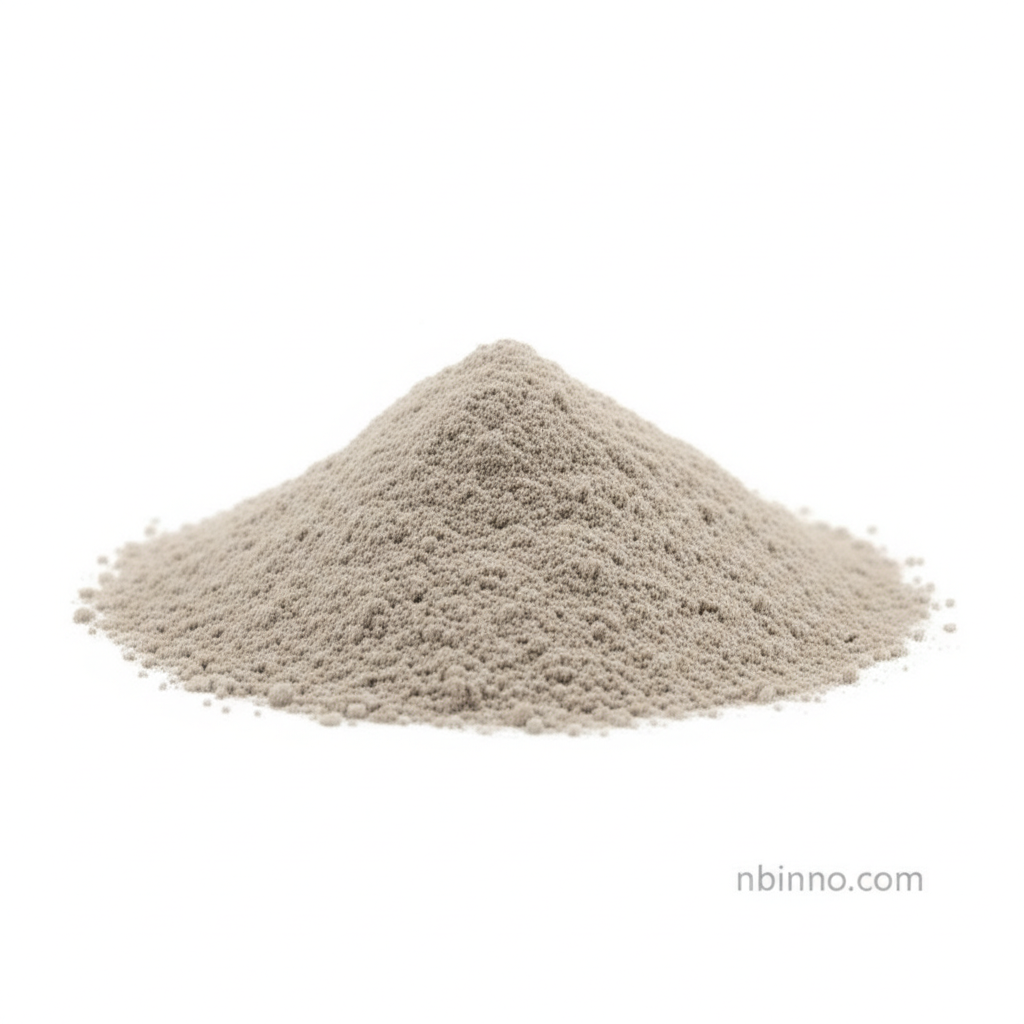3,4-Diaminotoluene CAS 496-72-0: Properties, Synthesis, Applications, and Safety Insights
Exploring the multifaceted world of 3,4-Diaminotoluene, from its chemical synthesis to its critical role in modern industries.
Get a Quote & SampleProduct Core Value

3,4-Diaminotoluene
3,4-Diaminotoluene (CAS 496-72-0) is a vital organic intermediate with a wide range of applications across various industries. Its unique chemical structure, featuring two amino groups on a toluene ring, makes it a versatile building block for complex molecules.
- Explore the synthesis method of 3,4-diaminotoluene to understand its production efficiency and potential for environmental friendliness.
- Discover the critical 3,4-diaminotoluene chemical properties that dictate its reactivity and utility in various applications.
- Learn about the diverse 3,4-diaminotoluene applications in polymers, including its role as a curing agent and monomer.
- Understand the essential 3,4-diaminotoluene safety precautions for handling in laboratory and industrial settings.
Key Advantages
Versatile Chemical Intermediate
As a key building block, 3,4-diaminotoluene plays a crucial role in the synthesis of dyes, pigments, and advanced polymer materials, contributing to vibrant colors and robust material properties.
Enhanced Material Performance
Its use in polymer chemistry, such as in epoxy resin curing or as a chain extender, leads to materials with improved mechanical strength, thermal stability, and chemical resistance, vital for demanding applications.
Critical for Industrial Processes
Beyond polymers and dyes, 3,4-diaminotoluene serves as an intermediate for fungicides, hydraulic fluids, and is vital for creating anti-rust agents and corrosion inhibitors, safeguarding various industrial products and systems.
Key Applications
Dye and Pigment Synthesis
Utilize 3,4-diaminotoluene as a precursor for azo dyes like Disperse Orange 32, contributing to the development of vibrant colorants for textiles and other applications.
Polymer Chemistry
As a monomer or curing agent, it's essential in producing polyurethanes, polyamides, and epoxy resins, imparting desirable mechanical and thermal properties.
Corrosion Inhibition
Its derivatives are used to create anti-rust agents and corrosion inhibitors, particularly for metals like silver, copper, and zinc, extending the life of industrial components.
Sensor Technology
Leverage its chemical properties in the development of electrochemical and fluorescent sensors, with its derivatives acting as recognition elements for detecting environmental toxins.
